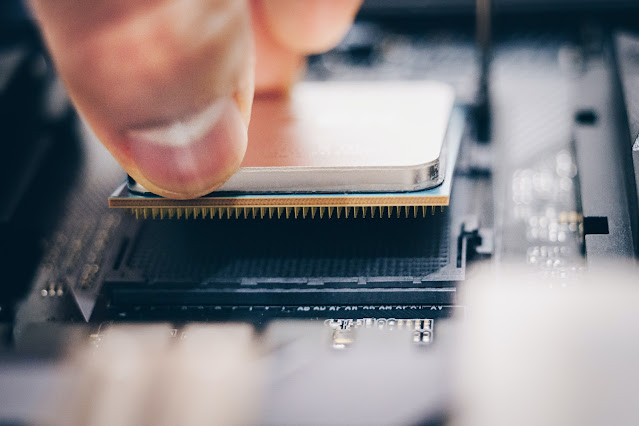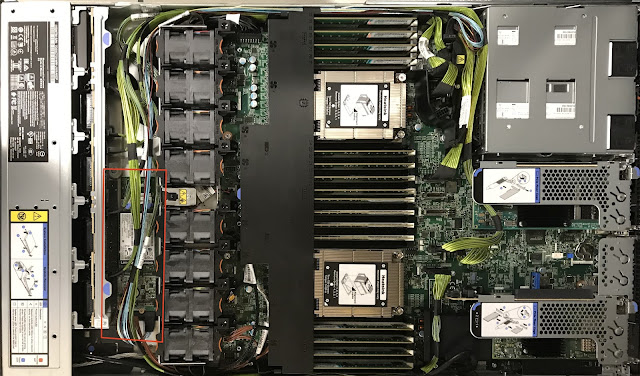Upgraded Compute Power for IBM Spectrum Fusion HCI
Big news! A new and more powerful compute node is now available for the IBM Spectrum Fusion HCI product! This new compute node provides double the number of cores and quadruple the amount of RAM compared to the original compute nodes that were released a year ago.
CPU and Memory
Like previous Spectrum Fusion HCI compute nodes, the new compute node is built upon a 1U Lenovo SR645 server. The difference is that the two processor sockets inside are each populated with an AMD EPYC 7543 processor. The EPYC 7543 is a 32-core, 64-thread processor that operates with a base clock speed of 2.8 GHz and comes with 256GB of cache. With two of these processors, the server has a total of 64 cores and 128 threads available for running applications on Red Hat OpenShift.
The AMD 7543 processor is part of the AMD EYPC 3 processor family, sometimes referred to as the "Milan" family. AMD says that EPYC 3 brings a 19% improvement to its instructions per clock (IPC) performance over its predecessor EPYC 2 "Rome" family. And as with EPYC 2, EPYC 3 has support for PCIe Gen 4. PCIe is the technology that is used to connect together the processor, storage drives, network interface cards, and other peripheral devices within the server. Version 4 of PCIe is twice as fast as PCIe 3 and so it represents a major improvement in system performance.
This new, more powerful compute node also comes with a memory upgrade. Each AMD 7543 processor has eight memory channels for a total of 16 memory channels. The SR645 system board has slots for placing two DIMMs on each memory channel meaning that the server can have a total of 32 DIMMs installed. Each of the 16 DIMMs in this new server has a capacity of 64GB for a total RAM amount of 1024GB. Yes, that's 1TB of RAM! That translates to 16GB of RAM per processor core. And if that isn't sufficient, the memory in these new servers can be upgraded to double that amount to 2048GB of RAM, or 32GB of RAM per core!Storage
These new nodes are compute-only nodes and don't add any capacity to the system's storage cluster. But like all other servers in Fusion HCI, they do have a pair of M.2 SATA SSDs onto which the Red Hat OpenShift CoreOS operating system is installed. The two M.2 form factor drives are connected to a RAID controller and configured for RAID 1 (mirroring) to provide redundancy. Should one of these M.2 operating system drives fail, the system can continue to function.
Network
For network compatibility, these new servers have the same two NVIDIA/Mellanox dual-port network interface cards (NICs) as the previously released compute nodes. A dual-port ConnectX-6 100GbE NIC is used to provide high-performance connectivity to the system's storage network. The ConnectX-6 NIC supports PCIe 4 and exploits the speed of PCIe 4 for quickly moving storage data from the NIC to be processed.
Connections to the system's application network are provided by a dual-port ConnectX-4 25GbE NIC. Having physically separate NICs for the storage and application networks provides isolation and reduces the possibility of application traffic interfering with traffic on the storage network.
As you can tell from the above description, the new 64-core, 1024GB RAM compute node is a major performance upgrade for the IBM Spectrum Fusion HCI product. Adding these compute nodes to the system is sure to significantly increase the capacity of Spectrum Fusion HCI to power through the containerized workloads running on Red Hat OpenShift.
Previous post: Support for AI and ML Apps in IBM Spectrum Fusion HCI
Next post: New Storage Server Options in Spectrum Fusion HCI 2.4





Comments
Post a Comment